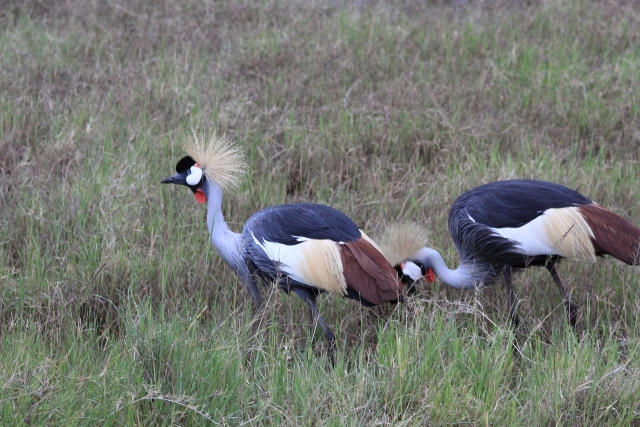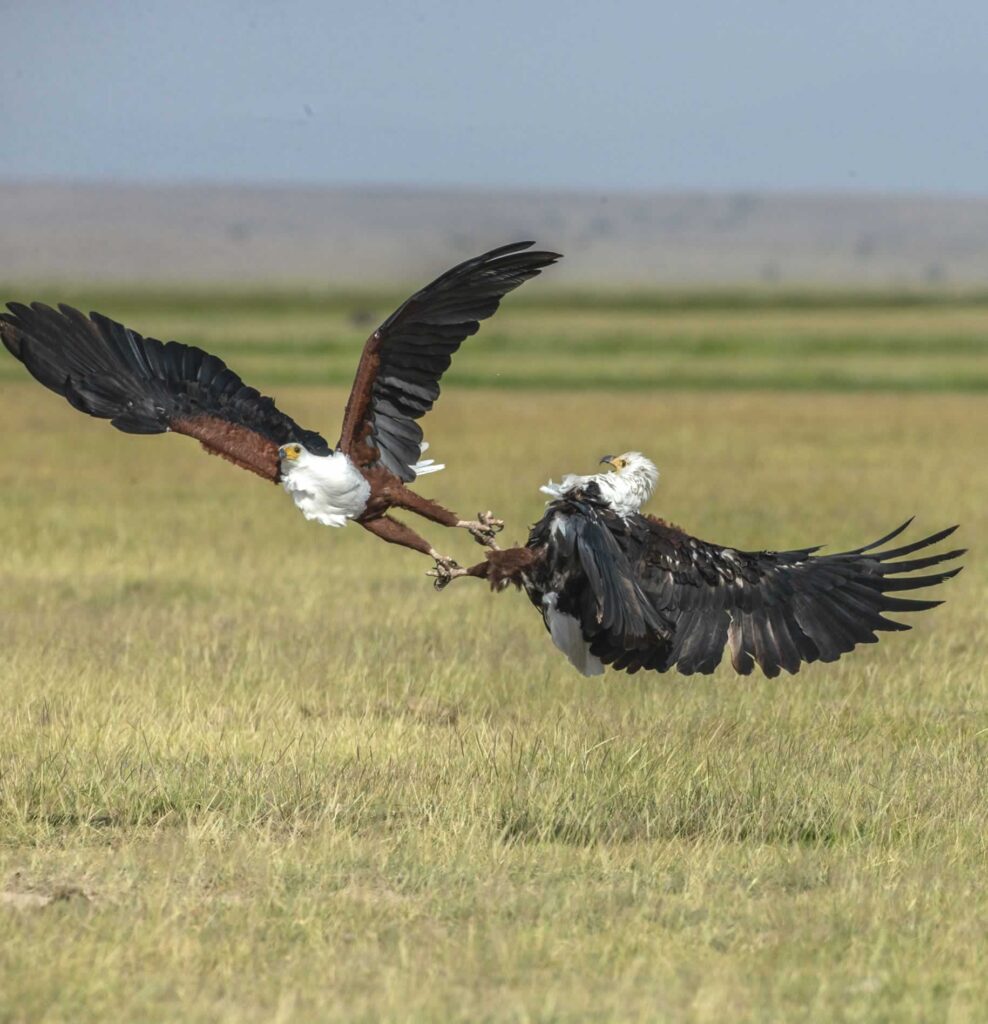Lake Bogoria
Lake Bogoria is a saline, alkaline lake that lies to the south of Lake Baringo and north of the equator. The lake is a Ramsar site and is in Lake Bogoria National Reserve. It is 10 meters shallow and is about 34 kilometers long and 3.5 kilometers wide with a drainage basin of 700 square kilometers.
The reserve was gazetted in 1973 and covers an area of 114 square kilometers. Local features include the Kesubo Swamp to the north and the Siracho Escarpment to the east (both within the National Reserve).
Lake Bogoria National Reserve offers year-round enjoyment of the natural bush, and the climate has moderate temperatures and seasonal rains.
The lake is famous for its natural geysers and hot springs that are situated on the banks of the lake and within the lake. Some of the geysers erupt to a height of 5 meters and the water bursting through the lake can be streaming hot. Lake Bogoria is also known as one of the few destinations that is flocked by millions of lesser flamingoes during their migratory seasons.
Local women sell produce at a nearby stall, where guests are encouraged to buy raw eggs to take with them to the hot springs and submerge them in the water in an attempt to boil them.
The high levels of evaporation at the soda lake have left behind a high density of salts and minerals in the water, which makes it un-friendly for fish and is not suitable for swimming in.
One of the rare antelope (greater kudu) is found on the north-eastern shores of the lake. Spotted hyenas, serval cats, genets, mongoose and other predators can be spotted in the reserve. Black mamba, puff-adder, spitting cobra and other snakes have also been recorded in the park.
Activities available include visiting the geysers and hot springs, game drives in the reserve, jogging, mountain biking, boating, and wildlife spotting.


